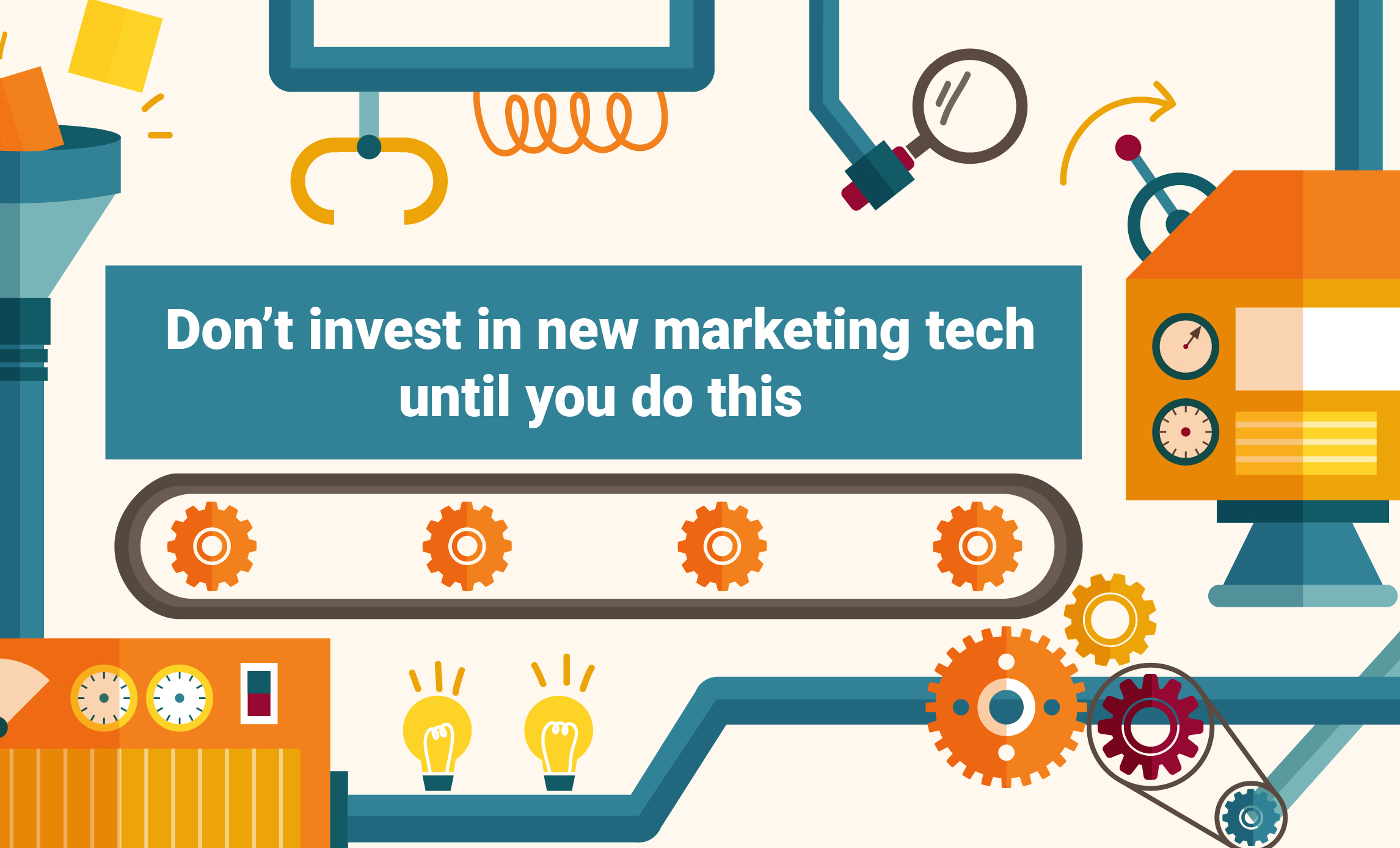In times of economic downturn and uncertainty, brand goals are shifting inward. A technology roadmap can be used to maximize tech investments and ensure it is connected and fully utilized to optimize better CX and more revenue
As economic uncertainty persists and budgets tighten, brands are shifting their focus inward to maximize the value of their existing technology investments. To achieve this goal, a technology roadmap is essential to ensure that every aspect of the tech stack is being fully utilized to optimize customer experience, generate revenue, and make progress on your organization’s broader goals.
A technology roadmap allows brands to realize the full potential of their existing investments. In this article, we’ll outline four areas to optimize and add to your roadmap before investing in new technology.
First-party data asset
To fuel continued growth and personalization efforts, brands must focus on building their first-party data asset. A technology roadmap can help identify the data sources and tools needed to collect, store, and activate customer data in a compliant and scalable way.
But “more data” is not a strategy alone. An understanding of what data you need, why you need it, how to store it, how to use it in a meaningful way, and how to measure success needs to be considered first.
Brands should:
- Tie data needs to customer journey moments. How will the data you are collecting help activate a specific experience? Brands should identify specific moments along the customer journey where data can be used to create value for the consumer with a more personalized and engaging experience. For example, if a customer has abandoned a cart, data can be used to send a targeted email with a special offer to incentivize them to complete the purchase.
- Factor in the risk of collecting and using customer data. With privacy concerns becoming increasingly common, it is crucial for brands to consider the risk of collecting and using customer data. Brands should collaborate with their legal and security teams to ensure that they are protecting both the customer and the brand.
- Consider the data available to you across the enterprise. Look beyond just the marketing department for data and consider the data available across the enterprise. Customer service, sales, and supply chain data can all be used to better serve customers and create more engaging experiences. For example, customer service data can be used to personalize communications based on a customer’s previous interactions with the brand, while sales data can be used to recommend products based on a customer’s purchase history.
Automation and integration
As part of your technology roadmap, identifying key areas where automation is possible or prioritizing integration between technologies can lead to big efficiencies for organizations. To uncover these areas, look for:
- Manual pulls of data or audience segmentation
- Data uploads that occur via Excel spreadsheets
- Email or internal chat channels used to pass assets or data
- Campaign planning or manual deadline tracking
The goal should be to enable business users to seamlessly hand off data, assets, and campaigns. The technology should be working behind the scenes to automate processes and facilitate handoff of content and creative assets. When done right, the result allows for business users to focus on more strategic tasks. For example, if a company is using a marketing automation tool, the tool can automatically pull in data from various sources, such as social media and email campaigns. This frees up time for business users to focus on more important tasks, such as planning, optimizing, testing, and learning.
Technology utilization
When businesses invest in new technologies, they often have high expectations for improved performance and ROI right out of the box. However, technology needs thoughtful configuration and often customization to meet the requirements of the business. Moreover, proper training, onboarding, and documentation are needed to bring business users up to speed. When technology adoption and utilization are low, it is usually due to improper implementation or lack of training for the team that is expected to use it. Making these simple additions to your roadmap can enable new functionality with an in-house platform.
For example, if a new technology is not integrated with existing systems, it may not be able to function effectively. Similarly, if users are not trained on how to use the technology or what functionalities it covers, they likely will not take full advantage. In such cases, businesses can identify gaps in their implementation or education and take small, inexpensive steps to address them. It is not only about the technology but also the people and processes involved in its implementation and use.
Measurement, ROI, and budget management
In times when the reins get tightened, zeroing in on measurement allows organizations to understand what is working and where to adjust. Identifying where CX is most effective and optimizing around that within your roadmap can provide everyone with insights into how to manage budgets while maintaining capability progress. The roadmap can help prioritize initiatives based on business goals, identify dependencies and risks, and align stakeholders across the organization.
Conclusion
A technology roadmap is essential for maximizing the value of tech investments by keeping priorities aligned to business goals and, consequently, gaining quick ROI. It helps brands stay focused on building their first-party data assets, delivering efficient and effective experiences to customers, and managing budgets with a plan. By working together, marketing and IT leaders can create a roadmap that drives marketing ROI and helps their organizations navigate the changing business landscape.
The following Courtney Trudeau, from 2023 provides their research perspective. HERE



